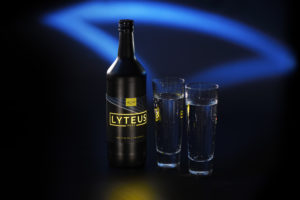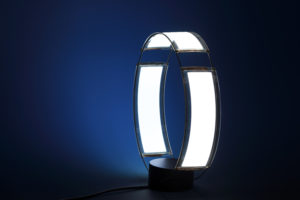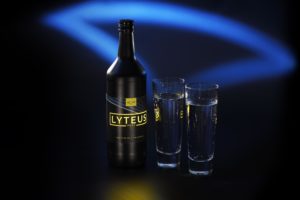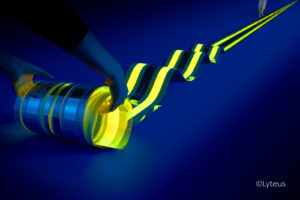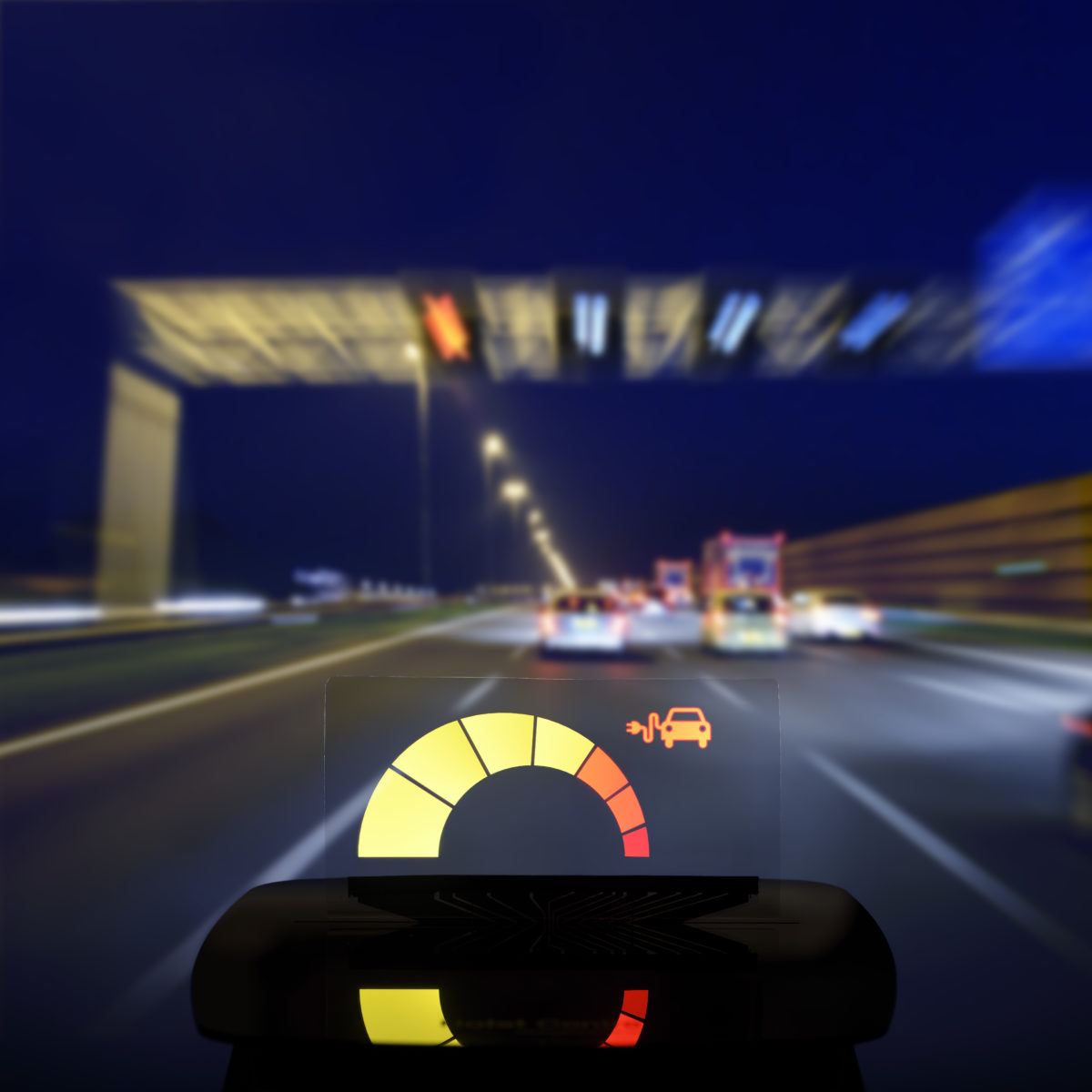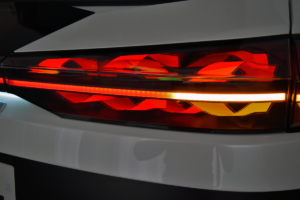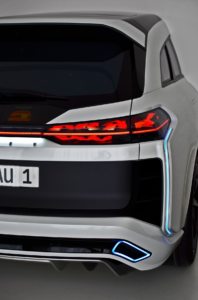Ultra-thin, transparent and flexible – these are the attributes that distinguish the innovative OLED technology. Within the European research project PI-SCALE, with a total of 14 partners, the lighting experts of EMDE development of light act as so-called “launching customers”, i.e. as pilot customers. Together with renowned companies such as AUDI AG, Pilkington and REHAU, the experts contribute their know-how to adapting a pilot line under the LYTEUS branding to the needs of the market and customers. The aim is to make the innovative OLED lighting technology available to companies of any size in order to launch products quickly and cost-effectively. As an example of new possibilities in lighting design, EMDE development of light GmbH is presenting for the first time a prototype for a light art object at LOPEC in Munich (19 to 21 March 2019), which demonstrates the aesthetics and immaterial appeal of the latest OLED technology.
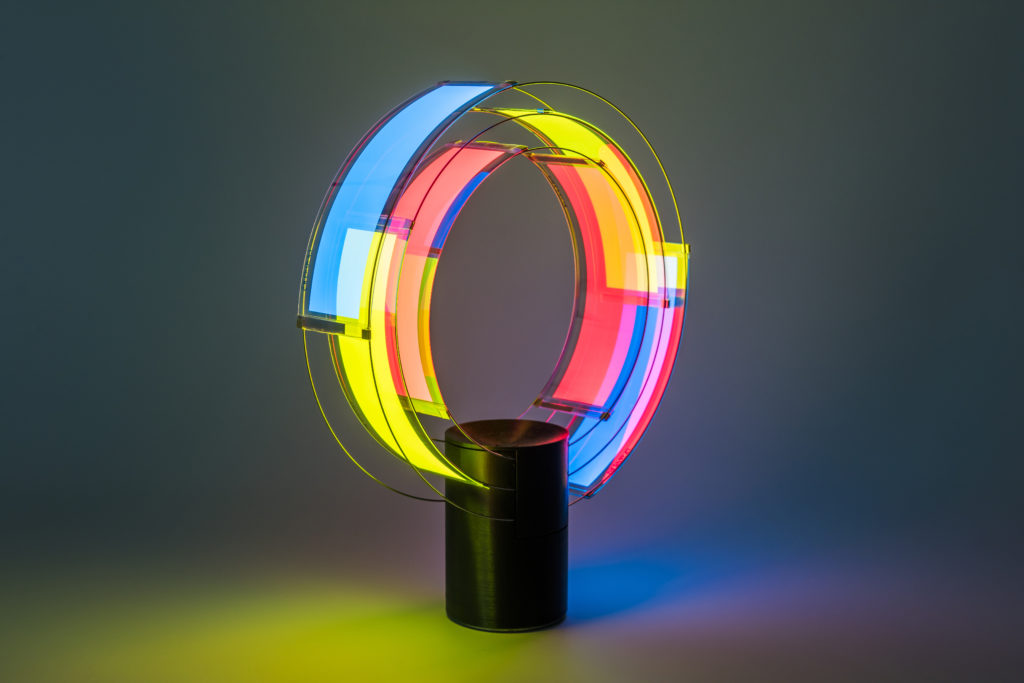
“COLORLOOP” prototype © EMDE development of light GmbH
The prototype with the name “COLORLOOP” was developed in close cooperation between the founder of the GmbH and artist Thomas Emde and his colleague, product designer Christoph Petersen. The comprehensive design concept can be seen in the object – it is both an aesthetic work of art and a smart, technologically highly innovative light object.
The EMDE development of light GmbH team has many years of experience with the new OLED light and developed the world’s first OLED luminaire series, which has been available on the market since autumn 2016 under its own OMLED brand. Organic light-emitting diodes (OLEDs) can not only produce pleasantly warm and glare-free light, but can also be colorful, transparent and flexible. In order to demonstrate the almost infinite application potential of OLEDs, the interdisciplinary team of artists, designers and engineers developed a light object that playfully handles additive color mixing and the immaterial aesthetics of ultra-thin and flexible OLEDs.
Product designer Christoph Petersen of EMDE development of light about the motivation for developing the demonstrator: “Our goal is to show the variety of new applications with OLED light on an object with which the user can interact. Our light object “COLORLOOP” plays with the effect of additive color mixing by using magnetic contacting to arrange OLEDs in the three light colors red, yellow and blue differently on spring steel rings. The spring steel rings are used for electrical contacting and mechanical fixing as well as for shaping the flexible OLEDs. An advantage of the construction of the light object is the simple exchangeability of each OLED. “
Thomas Emde adds: “With “COLORLOOP” we want to present the new transparent light directly from the laboratory to the public and show application possibilities of OLED light for the design of space and atmosphere. We see new possibilities for using light as a design element for our living spaces in the immaterial appearance of transparent OLEDs and the lightness they bring. We at “COLORLOOP” are not primarily interested in a functional benefit, but rather in creating a special atmosphere by superimposing the various light colors.”
Together with research partner VTT from Finland, a battery-powered driver with programmable control was developed for the “COLORLOOP”. This means that the light object does not require a cable and different light scenes can be retrieved.
The transparent and flexible OLEDs come from the Fraunhofer FEP in Dresden. Their pilot and research lines for roll-to-roll and sheet-to-sheet production of OLEDs are currently the only ones in Europe on which this new technology can be manufactured. The teams from EMDE and Fraunhofer FEP want to work together in the future on challenges in the production and integration of OLEDs in various applications and are open to further development with partners of industry.
The prototype can be seen during LOPEC 2019, from 19 to 21 March 2019 at the ICM in Munich, at OE-A booth, stand no. 216 (hall B0). In addition, the design demonstrator by EMDE was submitted to this year’s OE-A Competition 2019.
Demonstrator Competition LOPEC 2019:
- Stand: OE-A booth
- Stand-No: 2016, Hall B0
- Further information about the OE-A competition at LOPEC 2019: https://www.lopec.com/general/program/lopec-award/index.html
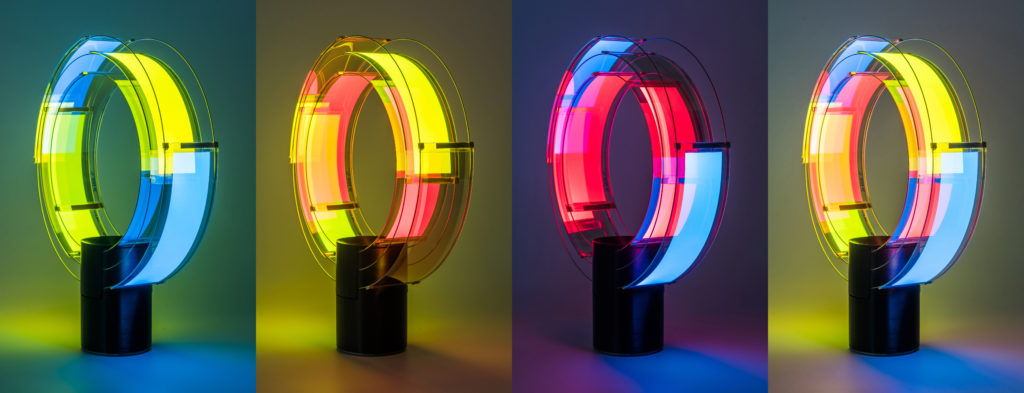
“COLORLOOP” prototype © EMDE development of light GmbH
The results were achieved on the joint pilot line service LYTEUS of the EU-funded PI-SCALE project and financed within the framework of the European Union’s research and innovation programme Horizon 2020 under grant agreement No. 688093.

